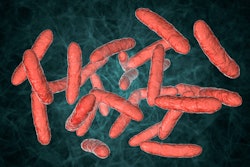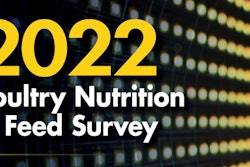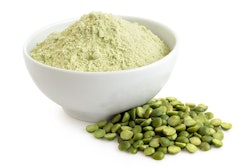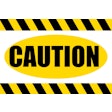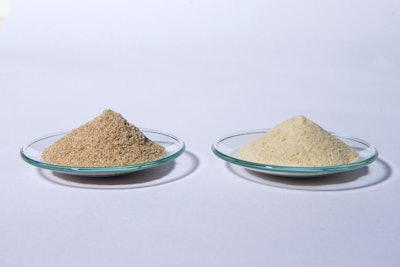
Multiple existing feed additives could help prevent the spread of viruses in animal feed
More than a dozen feed additives, many already on the market, may help prevent the spread of viral diseases through contaminated animal feed, according to a new fact sheet from Iowa State University.
Of 15 additives reviewed in the paper, 14 demonstrated an ability to prevent infection with porcine epidemic diarrhea (PED) virus, porcine reproductive and respiratory syndrome (PRRS) virus, and Senecavirus A. Senecavirus was used as a stand-in representing foreign animal diseases, including African swine fever (ASF) and foot-and-mouth disease (FMD), which have the potential to spread in animal feed but can only be used in experiments in particular high-security labs.
Pigs that consumed feed including one of the 14 effective additives showed improved performance and often did not exhibit symptoms of any of the three diseases in question, even when their feed was intentionally contaminated with the virus associated with the disease, according to Dr. Scott Dee, DVM, director of applied research at Pipestone Veterinary Services and one of the collaborators on the project. Animals fed the three most effective additives showed no clinical signs of infection with any of the viruses, even when subjected to PCR testing.
Although ASF was not directly included in the study, Dee said it wouldn’t necessarily hurt to add one of the mitigants listed in the paper to feed ingredients from regions with known outbreaks of the disease. It is also possible, he said, that they could prevent the transmission of viral diseases in other species, such as poultry, although only pigs were included in this particular trial.
“It’s what we’re calling the next generation of biosecurity — taking the classical approach and raising it another notch,” Dee said. “It’s like an insurance. There is a cost to it, but if you never get PRRS, that’s a pretty good return. PRRS can be millions of dollars in losses to a sow farm, so if it prevents it every few years, it’s going to pay for itself right away.”
The team behind the project intentionally selected a wide range of additive products to test the efficacy of a variety of approaches to blocking viral transmission, at several different price points, Dee said. The cost of effective products ranged from US$15 per ton to US$60 per ton, and options included a products such as blends of various fatty acids, organic acids, essential oils and even prebiotics. More research will be needed to explain with certainty why these products appear to prevent viral transmission, and each class of product may have its own benefit, he said.
Some of the additives, such as the organic and fatty acids, could affect the virus directly, potentially even killing it. Others could work by boosting the animal immune system, he said.
Although none of the products is officially approved for use preventing viral transmissions, Dee said he was aware that the manufacturers of at least some of the products tested had begun the process of gaining approval from the U.S. Food and Drug Administration (FDA) to add the virus-mitigating benefits of their products to the label. Some of the products are already on the market and could be used to prevent viral transmission as an off-label feed treatment; others are prototypes that should be available soon, Dee said. And, he said, there is reason to believe that even more mitigants will come onto the market as time progresses.
“It’s a good story,” Dee said. “We wanted to find something farmers could use, and instead we found 14 products that seem to work well. Depending on the producer’s mill and budget, they can look down the line and take their pick.”


